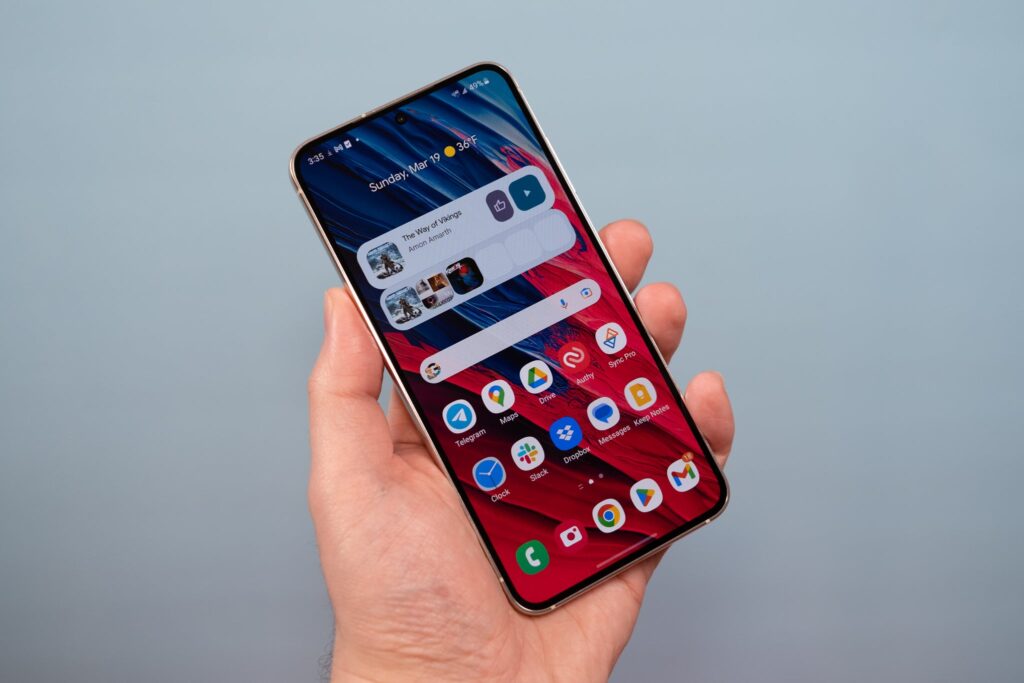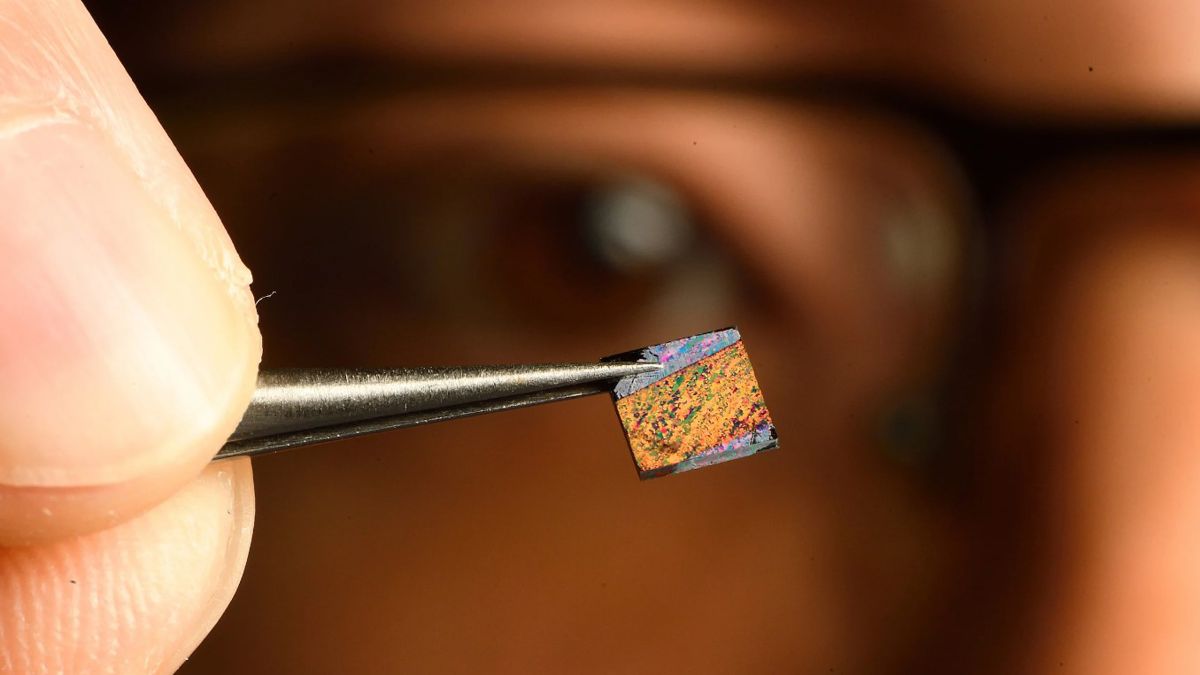
Many individuals who owns smart devices are well aware of the immense frustration that accompanies a weak internet connection and a sluggish device. Whether you’re trying to download files, stream videos, browse the web, or urgently require a reliable connection for remote work to meet a deadline, the solution to a faster internet connection may be more accessible than you think. By adjusting the WiFi frequency settings on your Android phone, you can potentially achieve a significant improvement, and the process itself is relatively straightforward, requiring just a few simple steps.
What to Know About WiFi Frequencies
WiFi frequency bands are quantified in gigahertz (GHz), a unit of frequency equivalent to one billion hertz. GHz is commonly used to measure various aspects such as computer processing speed, electromagnetic frequencies, and alternating currents. In the case of WiFi, routers operate on two primary frequency bands: 2.4GHz and 5GHz. When it comes to WiFi speeds, higher GHz results in faster speeds. However, it’s important to be aware of certain contingencies and factors that may impact the actual performance.
Although higher frequencies, such as 5GHz, can offer faster speeds, it’s important to consider the limitations of a WiFi router’s wireless range and its susceptibility to interference. If there are numerous walls, doors, or floors between you and the router, the wireless range may decrease. Conversely, the 2.4GHz frequency provides a wider coverage range, albeit with slower speeds. If you find yourself in a smaller space with fewer objects causing interference and require faster speeds, opting for the 5GHz frequency would be the more suitable choice.

How to Determine If Your WiFi is on 2.4GHz or 5GHz
To determine the WiFi frequency (GHz) on your Android phone, you can follow these simple steps. First, access your phone settings and select “Network & Internet.” Within this menu, choose “WiFi.” This section will display the network you are currently connected to. If the 5GHz frequency is not visible, it indicates that your phone is likely connected to a 2.4GHz network. It is worth noting that not all Android devices have the capability to connect to a 5GHz network, so it may not be possible for some devices.
Compatibility issues can arise with Android phones when it comes to connecting to a 5GHz WiFi frequency. It is possible that your current Android version does not support a 5GHz network, which is particularly common with older phone models. If you find yourself in this situation, you may need to continue using the 2.4GHz frequency and contemplate upgrading your phone to a newer model that supports the 5GHz frequency.
Steps to Changing WiFi Frequency on Your Android Phone
Switching your WiFi settings from 2.4GHz to 5GHz is a simple process that can be done directly from your device. Here are the steps to follow:
- Open the settings app on your device and scroll to find the “Connections” section.
- Tap on “WiFi” to access the WiFi settings.
- Look for a three-dot icon in the WiFi menu and tap on it.
- From the dropdown menu, select “Advanced.”
- In the Advanced settings, locate and tap on “WiFi frequency band.”
- Choose the option for 5GHz to switch your WiFi frequency to that band.
If you encounter difficulties when attempting to connect your phone to a 5GHz network, there are several troubleshooting steps you can take:
- Double-check the password: Verify that you have entered the correct password for the WiFi network. Typos or incorrect passwords can prevent successful connection.
- Check compatibility: Confirm that your phone is compatible with the 5GHz frequency. As mentioned earlier, older phone models may not support this frequency.
- Verify router settings: Ensure that the 5GHz frequency is enabled on your router. Consult the router’s user manual or access the router settings through a web browser to confirm the configuration.
- Restart devices: Try restarting both your phone and the router. This can help resolve temporary connectivity issues and refresh the network settings.
- Test with another device: Attempt to connect another device to the 5GHz network. If multiple devices face connection problems, it could indicate an issue with the router or network settings.
By following these troubleshooting steps, you can address common issues that may arise while connecting your phone to a 5GHz network.
Turning Off 5GHz WiFi On Your Android
If you want to disable 5GHz WiFi on your device, whether to conserve power or if your device has connected to it without your knowledge, you can do so by following these steps:
- Go to the settings on your phone and locate the WiFi settings menu.
- Tap on the “Advanced” option within the WiFi settings.
- Look for the WiFi frequency band option in the Advanced settings.
- Select the option for 2.4GHz to disable the 5GHz frequency and switch to the 2.4GHz band.

Tips for Optimizing Your WiFi Connection with Your Phone on 5GHz
As mentioned earlier, the speed of a 5GHz connection can be affected by interference from objects or proximity to your device. Other factors, such as device bandwidth, can also contribute to a slow internet connection. Fortunately, there are steps you can take to optimize your 5GHz connection and improve internet speed:
- Strategically position your router: Place your router in a centralized location, elevate it, and minimize obstructions between you and the router. Avoid placing it near large objects and consider placing it on a shelf or table for better signal propagation.
- Regularly restart your router: Restarting your router is a common troubleshooting tip that can help reset the connection and improve overall speed. Regularly rebooting your router can also help eliminate bugs and enhance performance.
- Minimize interference: Interference can occur if your WiFi router is too far away or if other devices, such as microwaves, wireless speakers, garage door openers, or baby monitors, are within range. Too many devices causing congestion can result in slower performance. Minimize interference by keeping your router closer and ensuring that there are no major sources of interference nearby.
- Limit connected devices: If you have multiple devices or multiple people in your home with devices, it’s important to check if any unauthorized devices have been added to your WiFi network. Having too many connected devices can affect bandwidth and slow down the connection. Consider removing any unnecessary or unauthorized devices from your network.
- Consider using a range extender: If your home or office is a large space, a single router may not be sufficient to cover the entire area. In such cases, a range extender can be a helpful solution. A range extender boosts the WiFi signal, expanding the coverage area and improving connectivity in distant corners of your space.
- Leverage QoS settings: Some routers allow you to adjust the Quality of Service (QoS) settings, which allows you to prioritize specific devices. If you’re experiencing lag on your phone but other devices are working fine, you can use QoS settings to allocate more bandwidth to your phone, ensuring it gets a higher priority for network resources.
- Add more bands: Routers often offer dual-bands or tri-bands, which can help optimize the usage of the network and reduce congestion from other devices. Dual bands allow you to select the best frequency to use based on your device’s capabilities, while tri-bands add an additional band to accommodate even more devices without sacrificing speed.
Final thoughts
Slow WiFi speeds on your Android device can be frustrating, but there are ways to overcome these issues and optimize your connection. By switching to the 5GHz frequency, you can experience faster speeds and a more stable connection. Following these steps, you’ll be able to get back to using your device with improved performance in no time.



